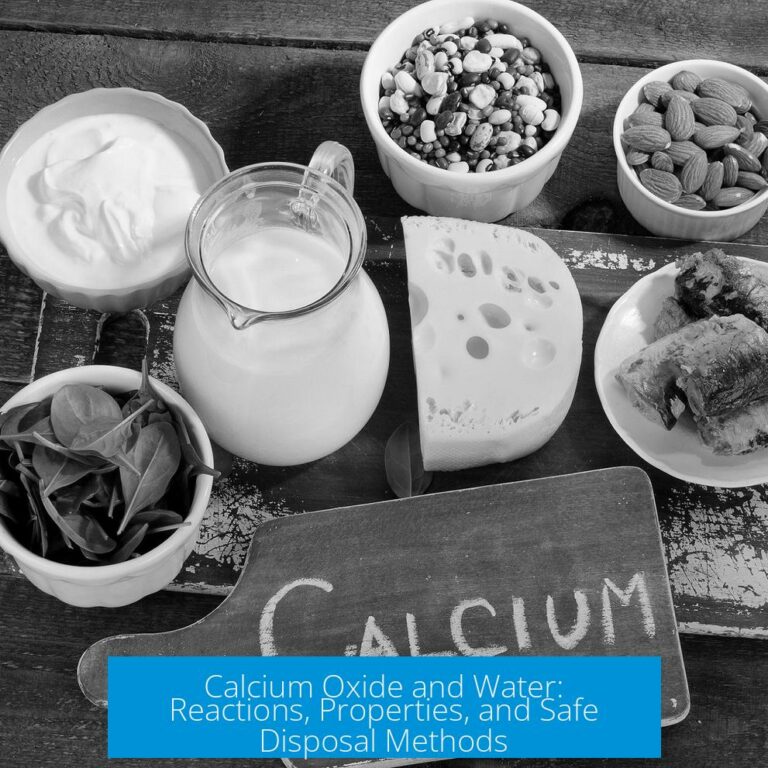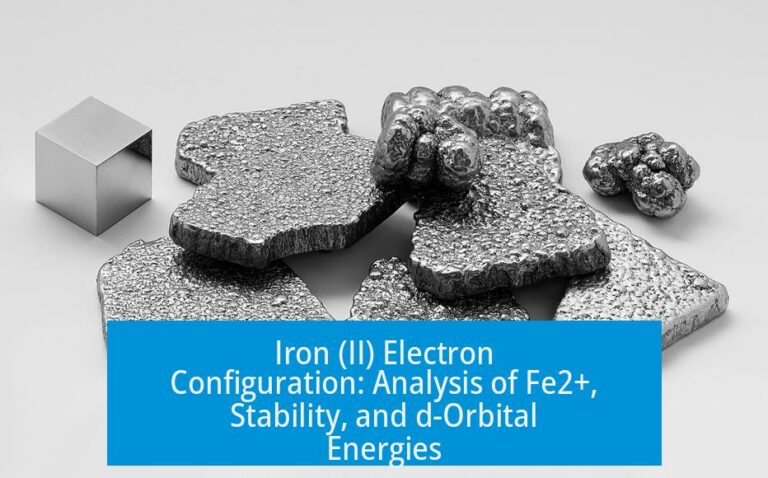ChemDraw Hotkeys Cheat Sheet: Boost Your Efficiency with Essential Shortcuts
ChemDraw Hotkeys Cheat Sheet: Essential Guide for Efficient Use ChemDraw hotkeys are keyboard shortcuts designed to speed up chemical drawing tasks and improve user productivity. The cheat sheet lists these...











